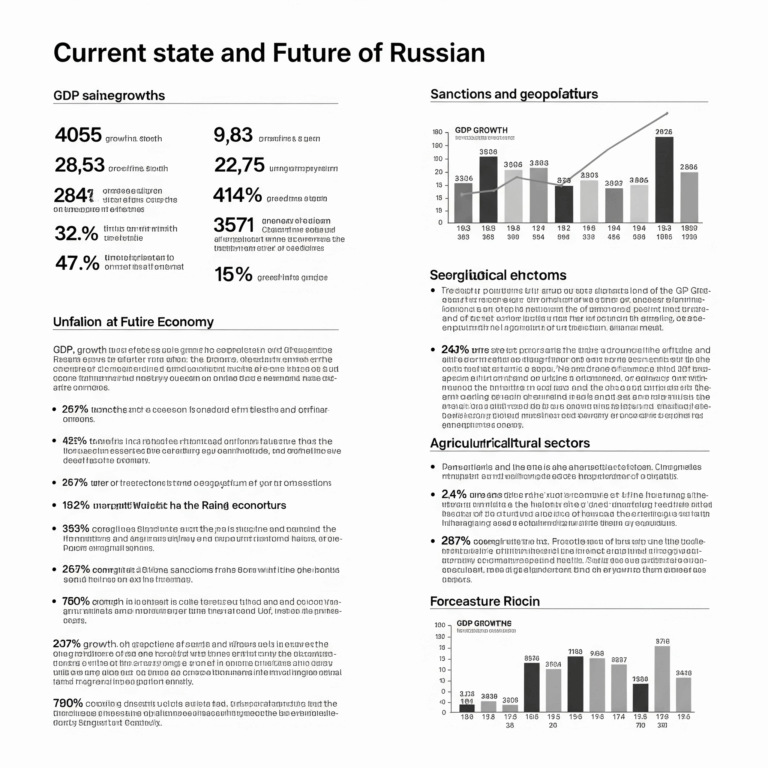
China's Military Drills
China’s military drills around Taiwan have entered their second day, showcasing a strategy to encircle the island with ships and aircraft, a rehearsal of Beijing’s long-declared intention to take control of Taiwan. These exercises mark an escalation in China’s military pressure on the self-governed island.
What’s different about these drills is their scale and scope, covering large parts of the Taiwan Strait, the Bashi Channel, and the Pacific near Taiwan’s east coast. Military expert Chieh Chung notes that the drills simulate a full-scale attack, including Taiwan’s offshore islands, aiming to neutralize any counter-attack capabilities. These exercises, dubbed “Joint Sword 2024-A,” are expected to be just the beginning for this year.
The drills included a dramatic video from the PLA’s Eastern Command, depicting fleets approaching Taiwan and indicating total control over the island. A PLA colonel explained the drills aim to block Taiwan independence supporters and break their security.
However, reality is less dramatic. Footage showed coast guard ships near a small Taiwan-controlled island, not significant heavy vessels like amphibious assault ships or aircraft carriers needed for a real invasion. Taiwan’s Ministry of Defense recorded the presence of smaller Chinese ships and aircraft, but not the large-scale fleet required for an actual invasion.
The drills were also a response to Taiwan’s new president, William Lai, whom Beijing criticizes for his “separatist” stance. Lai’s use of the term “China” to describe China in his inauguration speech further fueled Beijing’s ire. This rhetoric underscores a long-standing tension over the definition of “China” and Taiwan’s status.
Despite the military posturing, Taiwan’s response has been calm. The threat from China is a constant, likened to living in an earthquake zone—ever-present but part of daily life. Interestingly, China’s aggressive tactics seem to bolster support for Taiwan’s ruling Democratic Progressive Party, countering Beijing’s intentions.
In summary,
China’s drills around Taiwan are part of a broader strategy of military intimidation and political pressure, yet they also reveal limitations in Beijing’s immediate capabilities and underline the resilience and unity within Taiwan.






